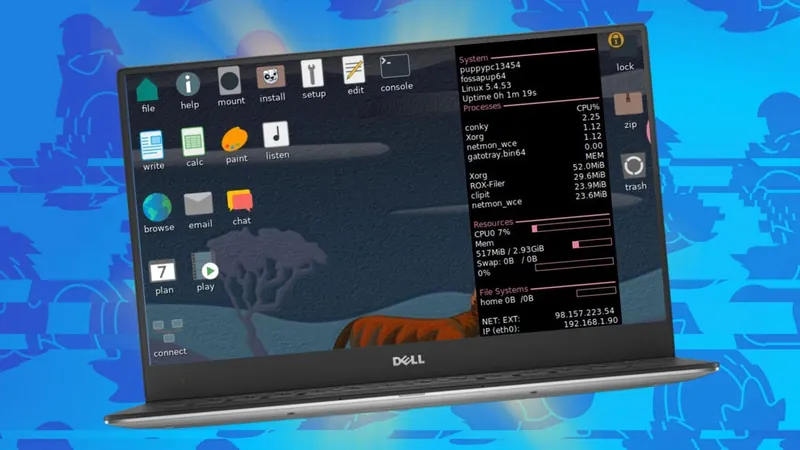
NASA's Terra Satellite Captures Stunning Shadows of the 2015 Solar Eclipse!
2024-12-25
Author: Charlotte
Introduction
On March 20, 2015, a breathtaking total solar eclipse swept across parts of Europe, casting shadows and capturing the awe of astronomers and sky-watchers alike. This celestial phenomenon was also visible as a partial eclipse in regions of northern Africa and northern Asia. In a remarkable display of technology and science, NASA's Terra satellite captured the eclipse's shadow as it danced over the clouds above the Arctic Ocean at precisely 10:45 UTC (6:45 a.m. EDT).
About NASA's Terra Satellite
Launched on December 18, 1999, Terra is a vital tool for Earth observation, roughly the size of a small school bus. It boasts five sophisticated instruments that work in concert to monitor various components of our planet's environment: the Advanced Spaceborne Thermal Emission and Reflection Radiometer (ASTER), Clouds and Earth's Radiant Energy System (CERES), Multi-angle Imaging Spectroradiometer (MISR), Measurements of Pollution in the Troposphere (MOPITT), and Moderate Resolution Imaging Spectroradiometer (MODIS). Each instrument plays a crucial role in collecting data necessary for studying climate change, air quality, and other critical Earth system processes.
Technical Challenges
However, the mission recently faced a challenge: on November 28, 2024, one of Terra's power-transmitting shunt units failed. Following the incident, NASA assembled a response team to review the satellite's status and assess the implications of this setback. The team decided to place ASTER into Safe Mode to protect its operations, which means that data collection from this specific instrument is currently halted. Fortunately, the other four instruments continue to function seamlessly, ensuring that valuable environmental data remains available.
Conclusion
The impressive images captured by Terra during the 2015 eclipse not only highlight the beauty and wonder of such astronomical events but also underscore the importance of satellite technology in advancing our understanding of Earth and its atmosphere. Stay tuned for more stunning images and news from space as NASA continues its pioneering work in Earth observation! You won’t want to miss the next celestial event!









 Brasil (PT)
Brasil (PT)
 Canada (EN)
Canada (EN)
 Chile (ES)
Chile (ES)
 España (ES)
España (ES)
 France (FR)
France (FR)
 Hong Kong (EN)
Hong Kong (EN)
 Italia (IT)
Italia (IT)
 日本 (JA)
日本 (JA)
 Magyarország (HU)
Magyarország (HU)
 Norge (NO)
Norge (NO)
 Polska (PL)
Polska (PL)
 Schweiz (DE)
Schweiz (DE)
 Singapore (EN)
Singapore (EN)
 Sverige (SV)
Sverige (SV)
 Suomi (FI)
Suomi (FI)
 Türkiye (TR)
Türkiye (TR)